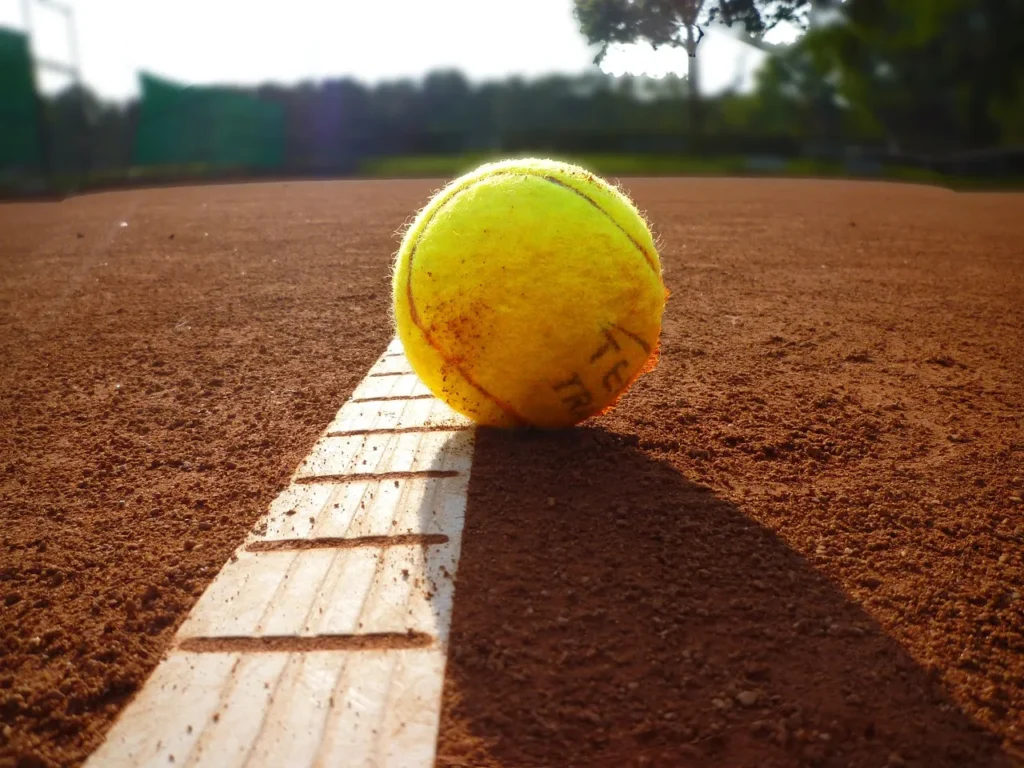The Science Behind Tennis Ball Fuzz
Tennis ball fuzz is more than a game detail—it’s a fascinating science. Design and fuzzy texture significantly impact ball behavior and air travel, influenced by air resistance.
In motion, tennis balls create a turbulent wake, causing drag force that slows them. The fuzzy exterior plays a crucial role in manipulating this drag force, allowing for increased skin friction drag.
As the ball spins through the air, fuzzy fibers create more resistance, resulting in increased drag force. Backspin or topspin affects trajectory due to this interaction with air resistance.
Fuzzy tennis balls are an essential tool for players to create shots that dip sharply or bounce unpredictably. Understanding the science behind it reveals how even minor details can profoundly affect gameplay.
The texture and composition of these little yellow spheres greatly influence their flight behavior by manipulating air resistance. So, next time you play, remember the intricate science behind the fuzzy sphere’s precise flight.
Evolution of Tennis Balls: From Past to Present

Tennis balls have evolved significantly from early leather and fabric versions. Manufacturers sought better durability and bounce, leading to experiments with materials. The late 1800s brought rubber cores for improved rebounding, but smooth surfaces lacked grip on courts. To counter this, a layer of felt or cloth was added, creating a fuzzy texture.
This texture enhanced grip, improving ball trajectory during flight by interacting with air molecules. Spinning balls generate turbulence, and the fuzzy surface disrupts this flow, creating drag force against the ball’s momentum. This affects the speed, reactions on contact, and player strategies on the court.
The fuzzy exterior contributes to player tactics, especially when using topspin. Ongoing manufacturing advancements optimized modern tennis balls for the sport, providing improved bounce and durability. Appreciate the evolution of these fuzzy orbs for a richer tennis experience on the court.
Composition and Manufacturing of Tennis Ball Fuzz

Tennis ball fuzz involves a scientific process. Balls have a rubber core covered with a felt-like fabric, creating a fuzzy exterior or nap. The manufacturing begins with molding the rubber core for bounce.
Layers of adhesive and wool/synthetic fibers are added strategically, enhancing texture. Heat is applied for better bonding and durability, and excess material is removed for weight consistency.
The fuzzy texture serves multiple purposes during gameplay. Fuzzy fibers create skin friction drag during topspin or backspin shots, generating lift for shot control. The fuzzy surface disrupts airflow, creating turbulence and increasing aerodynamic drag.
Combined, skin friction drag and aerodynamic drag affect the ball’s speed in the air. Understanding this process reveals the essential role of tennis ball fuzz in gameplay dynamics.
From grip for spin shots to influencing speed through air resistance, the fuzzy exterior has significant implications. So, next time you grab a tennis ball, appreciate the science packed into that little fuzzy sphere.



